In every new mass shooting case, more documents, videos, and social media messages are being found highlighting the thought patterns of an individual before they carry out a selfish and deadly attack on innocent victims. In amongst these remnants are often references to previous mass shootings, idolizations of people who have carried out similar attacks and, a desire for the attention and notoriety in which that person received.
On 1 October 2015, a mass shooting took place at Umpqua Community College in Oregon that took the lives of nine people. For the first time, a local sheriff called on the media not to repeatedly name the shooter. “I don’t want to glorify the shooter, I don’t want to glorify his name, I don’t want to glorify his cause…you won’t hear his name from me or this investigation,” Oregon Sheriff John Hanlin said.
His concern was that by naming him and publishing his photo in every report, the media are giving him exactly what he wanted; fame and attention for planning and executing a brutal crime. On one side of the debate is the media themselves who claim the world needs to know these details and see who is responsible for such bloodshed.
Mass shootings, serial murder, and spree killings have taken place throughout history but the difference today is the available outlets for a killer to tell of their distorted thoughts. Furthermore, there is now a wide range of media coverage that can spread their message and highlight their name in print and through the internet in a matter of minutes.
On the other are law enforcement and victims’ families who fear such reporting is feeding egos and encouraging new incidents. The reality is that keeping this chain of fame-seeking and envy alive by making each new shooter into some form of popular culture figure and giving them a nickname is a dangerous and avoidable game.
Mass Shootings Under The Spotlight
To use the federal definition of ‘mass killing’, this is an act that involves “three or more killings in a single incident” and is most often carried out using a firearm. The more people who are killed, the more media coverage a mass shooting receives with national and international media picking up on each story.
In 2013, the FBI conducted a study where 160 active shooter incidents were identified between 2000 and 2013. Within this timeframe. the average number of incidents rose from 6.4 between 2000 and 2007 to 16.4 between 2007 and 2013 giving a horrifying figure of one shooting taking place on average every month in the United States.
The devastation and impact of each mass shooting is widespread:
In April 2007, 32 people were killed and 17 were wounded at the Virginia Polytechnic Institute. A 23-year-old male opened fire inside a dormitory before locking the doors inside the classrooms and shooting anyone in his sight. He committed suicide before police could get to him.
In November 2009, 13 people were killed and 32 were wounded at Fort Hood in Texas. A 39-year-old male opened fire with two handguns inside the Soldier Readiness Processing Center. He was wounded by police and is paralyzed from the waist down. Found guilty of murder and attempted murder he was sentenced to death. He is currently held in a military prison awaiting execution.
In July 2012, 12 people were killed and 58 wounded at the Aurora Theatre in Colorado. After releasing tear gas canisters into the theatre, the 24-year-old male shooter opened fire. He was captured alive by police and was sentenced to life without the possibility of parole in 2015.
In December 2012, 27 people were killed including 20 children, and 2 were wounded at Sandy Hook Elementary School in Connecticut. After killing his mother at their home, a 20-year-old male shot his way through secure doors into the school and began shooting inside the classrooms. He committed suicide at the scene before he could be arrested.
A Killers Hall of Fame
The levels of fame achieved by serial killers, those who commit multiple murders over an extended period of time, has become very clear. Names such as Ted Bundy, John Wayne Gacy, and Jeffrey Dahmer are so well-known they have their own merchandise chains, websites, magazines, clubs and mailing groups despite the fact all three were convicted multiple murderers and all three are now dead. These are the stars of the serial killer hall of fame and they are closely followed by numerous others who have committed equally horrific crimes.
Mass killers, those who murder multiple people in one incident, are snapping at the heels of these figures, climbing the ranks of well-known killers and gaining an equally large following. More alarming is research is suggesting in the cases of mass killers and mass shooters especially, there is a ‘contagious effect’ where one incident encourages another incident and another incident feeds of that incident and the cycle continues.
The tragic Columbine High School Shooting in 1999 is a prime example with the number of subsequent mass school shootings carried out which referenced Columbine being a staggering and disturbing figure, and those are just the shootings actually carried out. There are many many more which have been planned but foiled before such plans were put into action.
At the root of this issue is the disturbed individuals who are carrying out these attacks. The assumption that they are all mentally ill and not in control of their behavior is simply untrue and while media coverage cannot be blamed for the actions and motivations of any one individual, they can be highlighted for fuelling them.
“His face splashed across every screen, his name across the lips of every person on the planet, all in the course of one day. Seems the more people you kill, the more you’re in the limelight”. – Words of Oregon Mass Shooter
The Mind of The Mass Killer
The motivations of people who become mass killers are varied and they are complicated. There are common themes; they are most often young males, they normally work alone and they generally hold an unhealthy interest in weapons. Psychologically these can be people who feel wronged by society; they have a grievance, resentment, and underlying anger.
The fantasy of achieving power and showing the world who they really are, having their name go down in history tips over into their reality, with planning and organizing to pull off the perfect revenge taking place for months. They don’t just snap; reach for a weapon and head on out shooting people. They plan, they collect, they scope out sites, assess different options until one day they put their planning into action.
The mass murderer knows he will die and that is part of his plan. The majority of the time he will commit suicide once his mission has been achieved or he will force police to kill him through gunfire as one final act of defiance.
Related: Criminal Psychology and The Criminal Profile
Mental illness is not uncommon among mass killers but it is by far not the driving factor behind such acts. Furthermore, there can be a complex mix of personality disorders and mental health issues which combined increase paranoia, feed fantasies, and delusions and can increase depressive and suicidal thoughts.
Predicting who may or may not carry out such an act is almost impossible. There are many who match the above traits, many who secretly fantasize about revenge and power but who would never actually act on such fantasies. Determining which is based on external behavior is never going to be achievable.
There are people in this world who see mass killers as individuals who have gained respect and this is a distorted and dangerous way of thinking. The media publication of the names of mass killers, their life histories, families, schooling, behaviors, and final acts serve to fuel this perception and can add to the allure of carrying out a similar act to achieve the same level of attention.

A further danger in media reporting is in their rush to find the headlines, be the first to report and highlight the ‘facts’, the truth can get masked. Assumptions are often made about motives or the lives of these individuals which are reported and repeated and take on a life of their own. The media have a huge influence on the public’s perception of an incident and what is reported heavily influences the public’s thoughts and opinions on a crime.
This extends to potential mass killers who are reading the same reports as you and me. Young adolescents are particularly impressionable. When you have a young male who is feeling alienated, has anger and frustration at the world, and may be thinking of carrying out such an attack, the acts of people before him; what they did, how they did it, and what happened afterward can be identified with and can give them a purpose and an aim. If they, for whatever reason, feel attracted by the attention received by others, they are more likely to go after this attention themselves.
Why kill multiple people and then themselves?
For some it appears the enjoyment of killing, having control over others’ lives, and having the power of creating fear and doing something so ‘wrong’ is a motivating factor. They commit suicide at the end to avoid the inevitable arrest, trial, and sentencing.
They don’t want to be locked up for the rest of their lives. But is that power for the short time they are carrying out the attack enough? For many it is the perceived legacy they will leave. The understanding that they will go down in history and the distorted attraction to achieving this through mass murder. Their name will forever be known and they will have proved a point, and that can be the drive and the encouragement they need.
There is never going to be a time when an incident of such horror can take place and the person responsible is kept hidden. Word will get out and people who knew him went to school with him, lived next door to him will talk because that is human nature. We cannot help but discuss and analyze such cases because we want to understand why and how someone could do something so terrible.
The notion behind the censorship of such reporting is more about how these crimes are reported. The push to ensure the responsible individual is not made into a form of hero and someone for other individuals to potentially identify with and connect to. While reporting the news is the function of the media, how they report such news is entirely within their control.
No Notoriety – Media Reporting of Mass Killers
A campaign for No Notoriety is gaining steam. In this most recent shooting in Oregon, I do not have an image of the shooter in my head. I couldn’t tell you what he looks like and while I could recite his name I would have to search my memory for it. His name and his image have been limited within media reporting. It has not been plastered all over every paper in every article which means these two features, the things that many mass killers are wishing to be ingrained into every individual, have not been as heavily focused on as for example the names and images of the Columbine shooters in 1999.
The No Notoriety campaign for mass killers is calling for sensible and responsible reporting on these crimes and those responsible for them.
Backed by the families of victims this is a powerful campaign that has struggled for attention, but a campaign people are slowly starting to pay more attention to, and rightly so. While the naming of a mass murderer in the immediate aftermath of an incident is expected, there are measures the media can take after the event to ensure they are not feeding the wishes of the killer or encouraging others to carry out a similar crime.
- Limiting the publication of the name and photo of a mass killer after initial identification
- Focus on professional and academic findings on the issues involved in such crimes, avoiding assumption, speculation and sensationalizing
- The victims of such crimes should be the focus of media attention, not the perpetrators
- Non-publication of the varied written and visual materials left by mass killers promoting their cause and their profiles
- Be responsible, recognizing that media reporting can and is an influence on other potential mass killers
The shooting of two journalists live on television in Virginia on 26th August 2015 has, without doubt, had an impact on how journalists view and report such crimes. The decision by one individual to shoot reporter Alison Parker, cameraman Adam Ward, and interviewee Vicki Gardener while they were recording a live broadcast for WDBJ7 TV shocked not only the public but journalists around the world to the core.
The shooter, a former employee of the news station, later uploaded a video of the shooting to social media before killing himself. While previously, filling airtime, giving the public the details of events, updating and providing in-depth reports on every aspect of the killer and the case was the focus, after this more personal attack involving journalists themselves, thoughts turned to not giving the killer the attention and widespread notoriety he clearly wanted.
To kill live on television and then upload his own recording of the incident highlights more than in any other shooting the desire for attention, the wish for fame, and the intention to have his name in the spotlight.
Related: Can Criminal Behavior Be Predicted Using Brain Scans?
Where media coverage in these cases can be beneficial and proactive is reporting on the important issues underlying such crimes. For example, the access to weapons, the psychology of individuals who may be drawn to such events, and academic research and professional understanding of these types of crimes.
Where mass shootings are concerned, the availability of guns especially in the US is a core issue and one where if we have any chance of preventing such incidents does need to be addressed. We have seen gun reform across the globe after mass shooting incidents.
The massacre at Port Arthur in Tasmania, Australia in 1996 prompted a swift and effective overhaul of gun laws within the country in an effort to prevent such a tragedy from reoccurring. An effort so far that has worked. Switzerland is a country with some of the highest rates of gun ownership yet the lowest rates of gun violence, largely due to their strict policies on access and purchasing of weapons.
The media serve an important purpose in our society and our modern times mean we can access the latest news on mobile phones and computers at the touch of a button. Responsible reporting on crime is vital and when it comes to mass killers, it is becoming increasingly clear that a change in reporting and an awareness of its impact is needed if we are to move forward and learn anything from these horrific events which have claimed so many innocent lives.
Mass murderers should not be made into heroes and their name and their photo do not need to be broadcast over and over again in order to provide coverage of the damage they have done. Most importantly, removing the factor of fame, the aspect of notoriety for their crimes is a change we can make and one which while will not stop these crimes, may make an important difference to the impact they make.
- Brown, T.K. (2015) Oregon Shooting: The Mass Killing ‘Contagion Effect’ BBC News
- Fbi.gov. (2015). A Study of Active Shooter Incidents in the United States Between 2000 and 2013
- Frances, A.J. (2014) The Mind of the Mass Murderer. Saving Normal Blog. Psychology Today
- Meloy, J.R. (2014) Seven Myths of Mass Murder. The Forensic Files Blog. Psychology Today
- No Notoriety.com (2015) NO NOTORIETY
- Rieder, R. (2015) Rieder: Should The Media ID Mass Killers? USA Today
- Towers, S., Gomez-Lievano, A., Khan, M., Mubayi, A., & Castillo-Chavez, C. (2015). Contagion in Mass Killings and School Shootings. PLOS ONE, 10(7)
Guy, F. (2015, Oct 25) Media Coverage Of Mass Murders: Should A Shooter Be Named? Crime Traveller. Retrieved from https://www.crimetraveller.org/2015/10/media-coverage-mass-murders/








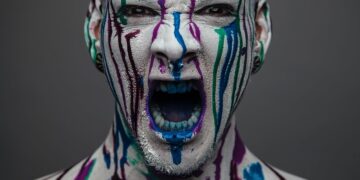


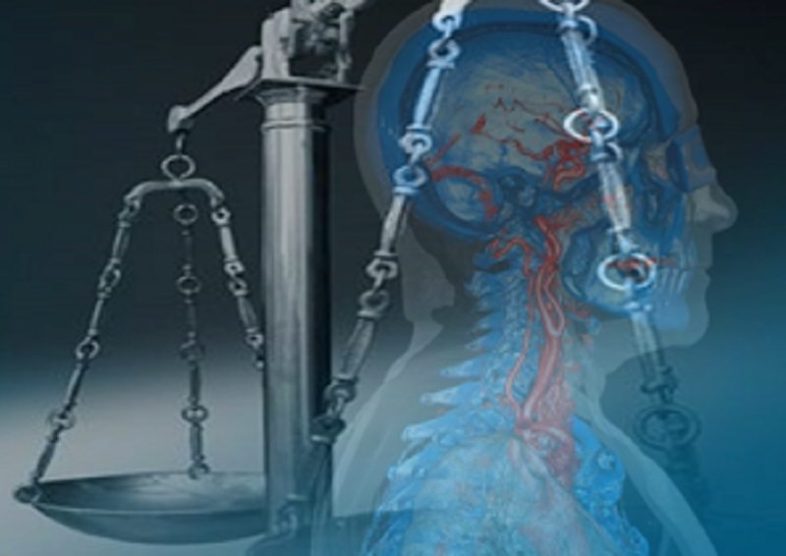
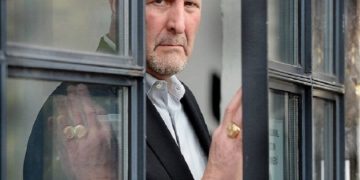
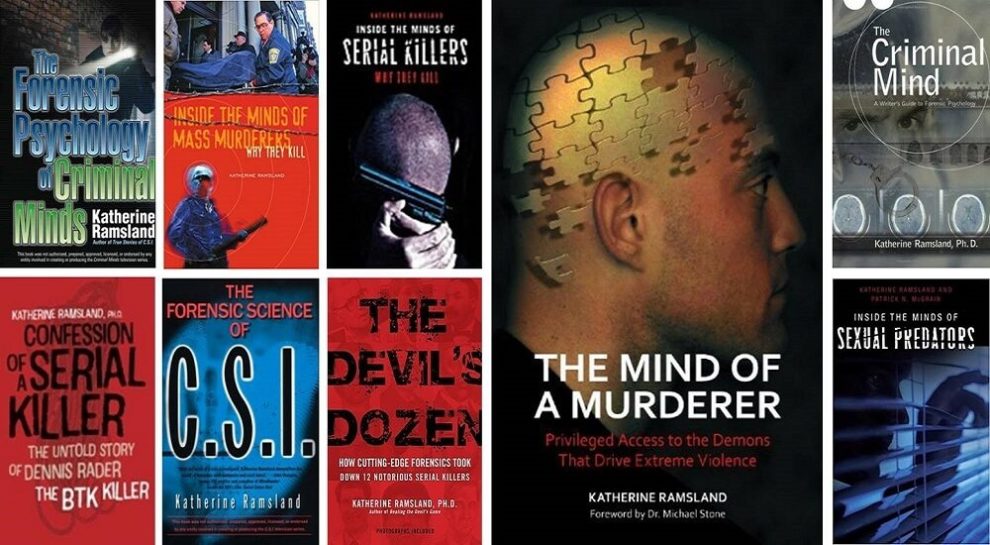
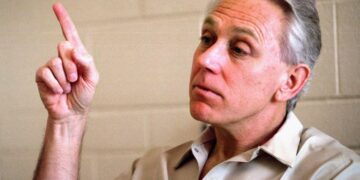
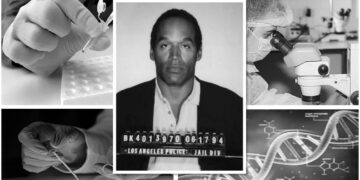
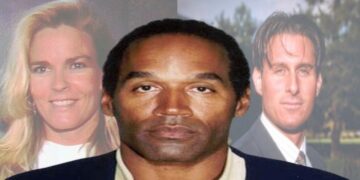

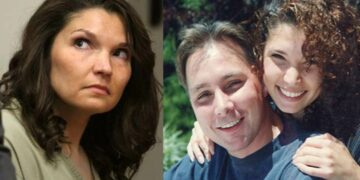



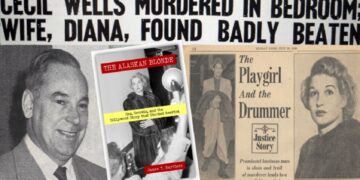
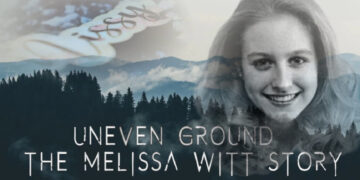


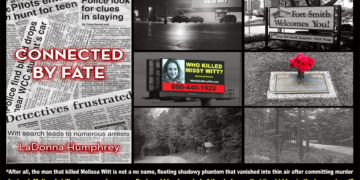
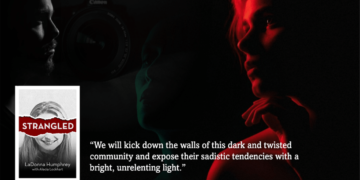
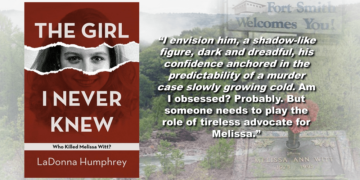
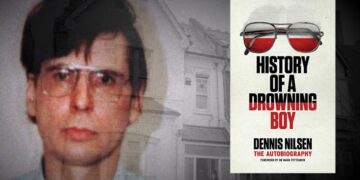
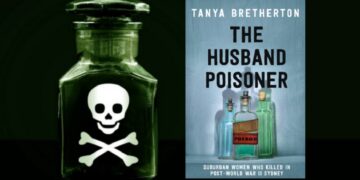
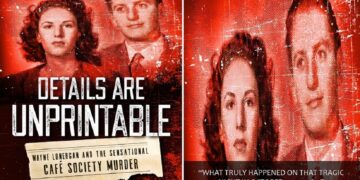



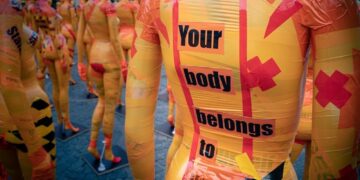

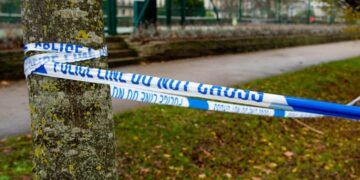






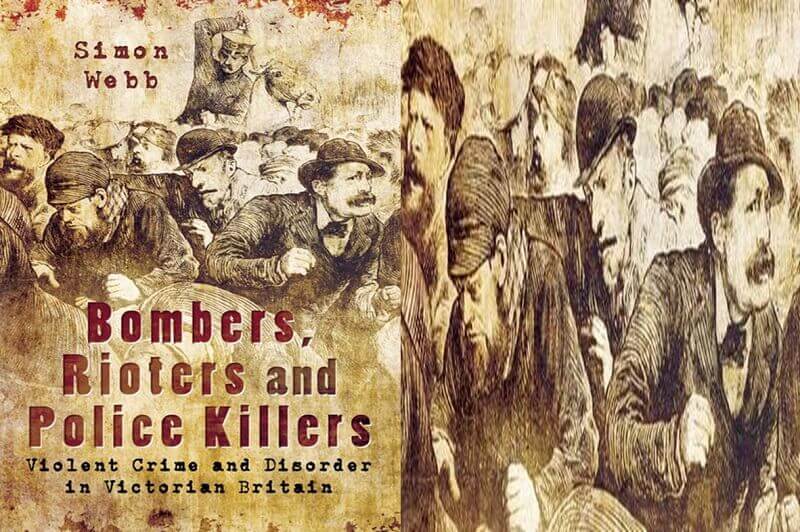

You would think the media would be all for responsible reporting especially when things as serious as mass shootings are concerned. I suppose newspapers just want to print the best story with the best details and don't really think too much about the negative and potentially dangerous impact they could be having. Great article CT!
Hi Valerie, the No Notoriety campaign is definitely gaining attention and I hope this will impact how the media reports crimes such as mass shootings. We have such a lot of social media and channels available now I think times have changed from media reporting say 10 years ago. The psychological aspect where some individuals may be encouraged to carry out similar acts is worrying. I was very surprised at just the sheer number of mass shootings that referenced the Columbine shootings, whether in materials they left behind or if the shooter survived, their own reports of why they did it. Thanks for stopping by Valerie, always good to hear your thoughts!
I could not resist commenting. Exceptionally well written!
Hi Jordon, thank you very much, I am glad you enjoyed the article!
I have been many places and done many things. I have also studied Serial Killers, Rapist, and Child Molesters. I have also picked a child molester and possible killer out to the police at the Sacremento State Fair. He was on the hunt and I identified what he was doing. I give a great deal of credit for this ability to the United States Marine Corps. I was a Scout/Sniper during my surface in Vietnam. You do not need to become a Scout/Sniper to learn the information. But it is a good idea to be educated on it. I have great respect for FBI PROFILERS. BUT ON THE SAME NOTE I ALSO FIND FAULT. I have met some FBI that say they are profiles or had the training. Many of these people have that EGO that says they are the only one who knows. A major mistake I believe they are making is telling people they cannot be IDENTIFIED. Major mistake on their part. Many officers have the same mind set. They are wrong and that is to bad.
Arno
I am actually pleased to glance at this webpage posts which contains lots of valuable facts, thank you for providing this information.